Centre for Imaging Research - CIR
CIR is a joint venture of Karolinska University Hospital, Karolinska Institutet, and Region Stockholm, providing state-of-the-art imaging of all organs and systems in vivo, in humans and various animal models. The centre gathers a unique set of core facilities for structural, functional, and metabolic imaging, with a special focus on translational brain imaging. CIR serves academic, clinical, and industrial users with imaging facilities and services of the highest standard.
Running an imaging project at CIR
 Photo: N/A
Photo: N/ARoad map for projects at CIR
A great first step to your project is to go over the road map of a typical project at CIR. This will provide with a general timeline and some valid checkpoints to aim for.
 Photo: N/A
Photo: N/AUser agreement details
Read through the user agreement details to learn what responsibilities come with running an imaging project at CIR.
 Photo: N/A
Photo: N/ARegister new project
Fill out this form to register a new project with CIR. By providing some basic information about your project and the imaging you want to perform, time to setup and get started is minimized.
 Photo: N/A
Photo: N/ARegister new user at SPICE
All data recorded at CIR are collected at the Shared Platform for Imaging in the CIR Environment (SPICE). Fill this form to request a user account to be created for you with access to the project you are involved in.
Core Facilities
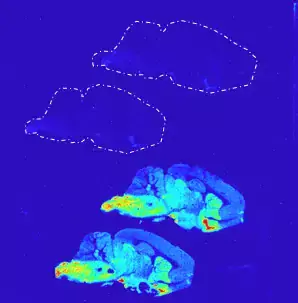 Photo: n/a
Photo: n/aAutoradiography Core Facility - ARG
The Autoradiography Core Facility (ARG) is a core facility for radioligand binding and autoradiography, critical components in pharmacology and cellular signaling research, as well as for development of ligands for usage in positron emission tomography (PET).
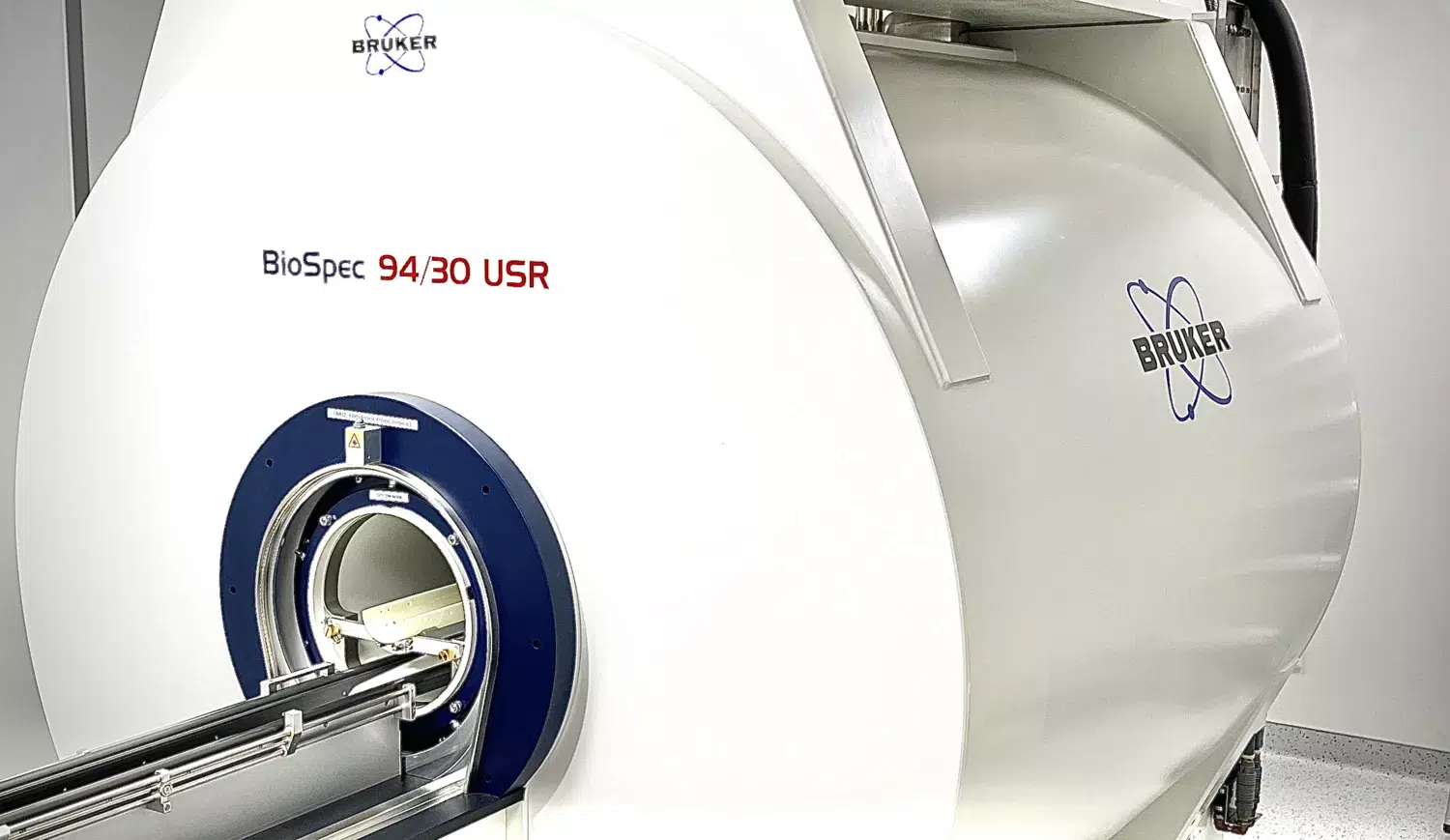 Photo: N/A
Photo: N/AKarolinska Experimental Research and Imaging Centre - KERIC
KERIC is a core facility that offers imaging analyses in experimental systems in combination with experimental surgery in large animals like swine as well as in rodents. We offer advanced imaging services in MR, PET and CT and a fully equipped facility for experimental surgery with four full size operation units equipped with ventilators.
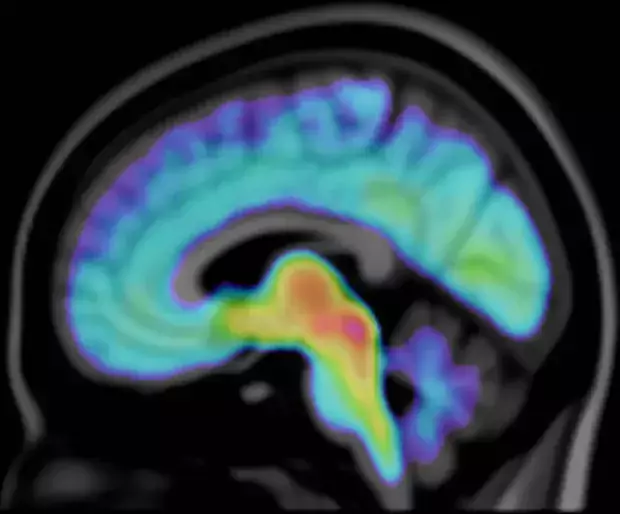 Photo: Illustration: Max Andersson.
Photo: Illustration: Max Andersson.The Brain Molecular Imaging Centre (BMIC)
The Brain Molecular Imaging Centre (BMIC) is a Core Facility (CF) for molecular imaging of the brain using Positron Emission Tomography (PET). Our aim is to provide expertise and competence for brain imaging PET studies in human subjects and non-human primates (NHPs). BMIC supports research studies in psychiatric disorders, neurodegenerative disorders and neuropsychopharmacology, as well as a range of studies on other diseases and normal process in the brain or outside.
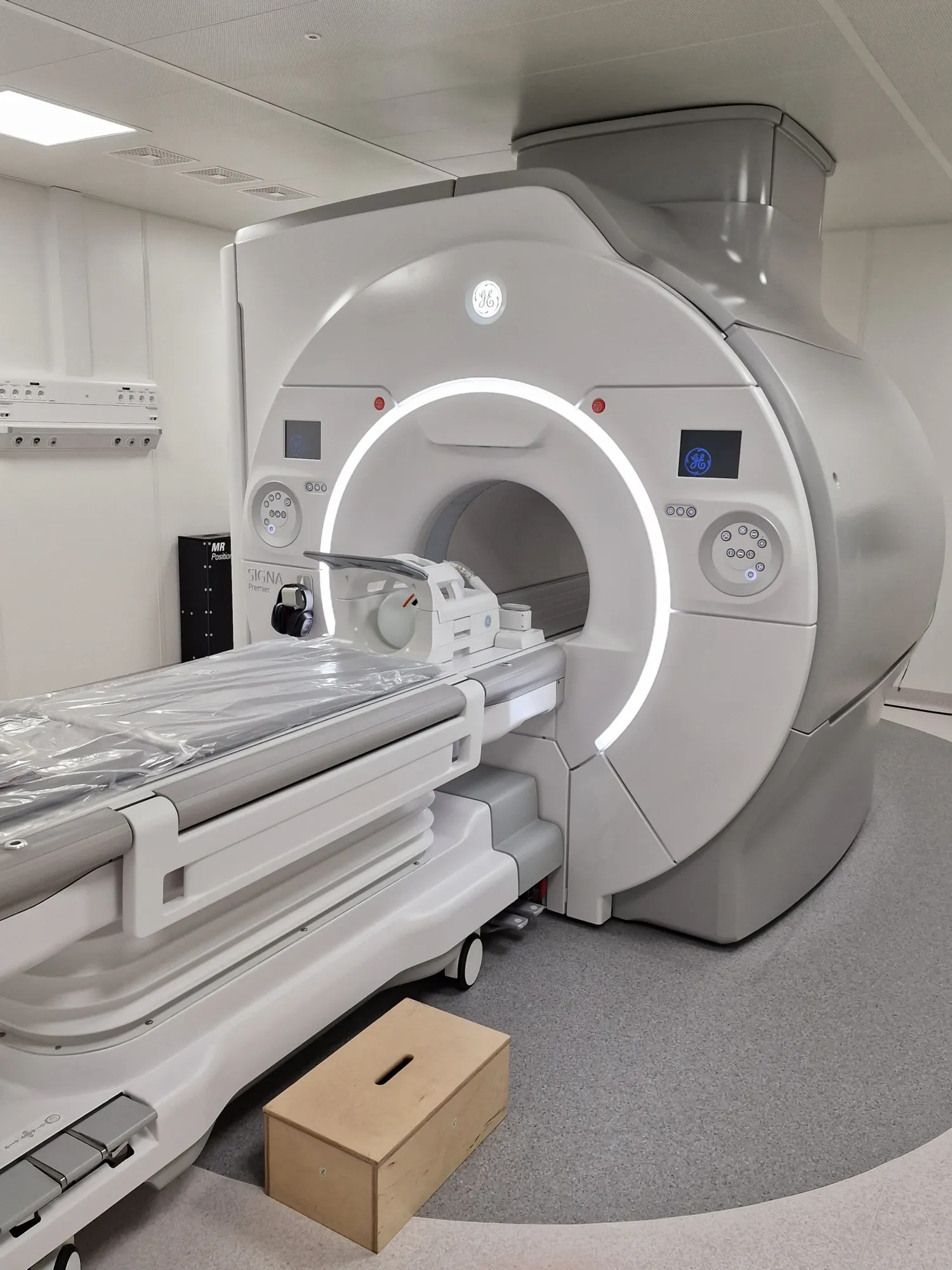 Photo: Jörgen Rosén
Photo: Jörgen RosénThe MR Center
The MR Center is a core facility that aims to catalyze novel and translatory research using MRI. We offer services for academia, clinicians, clinical trials and industry in close collaboration with the Department of Neuroradiology at Karolinska University Hospital. We support all types of MRI studies in humans, ranging from small single-center projects to large-scale international multi-center studies. We also offer specialized services for large animal models as well as ex vivo imaging. A special focus is on offering MRI suitable for multi-modal integration such as CT, PET, EEG and MEG.
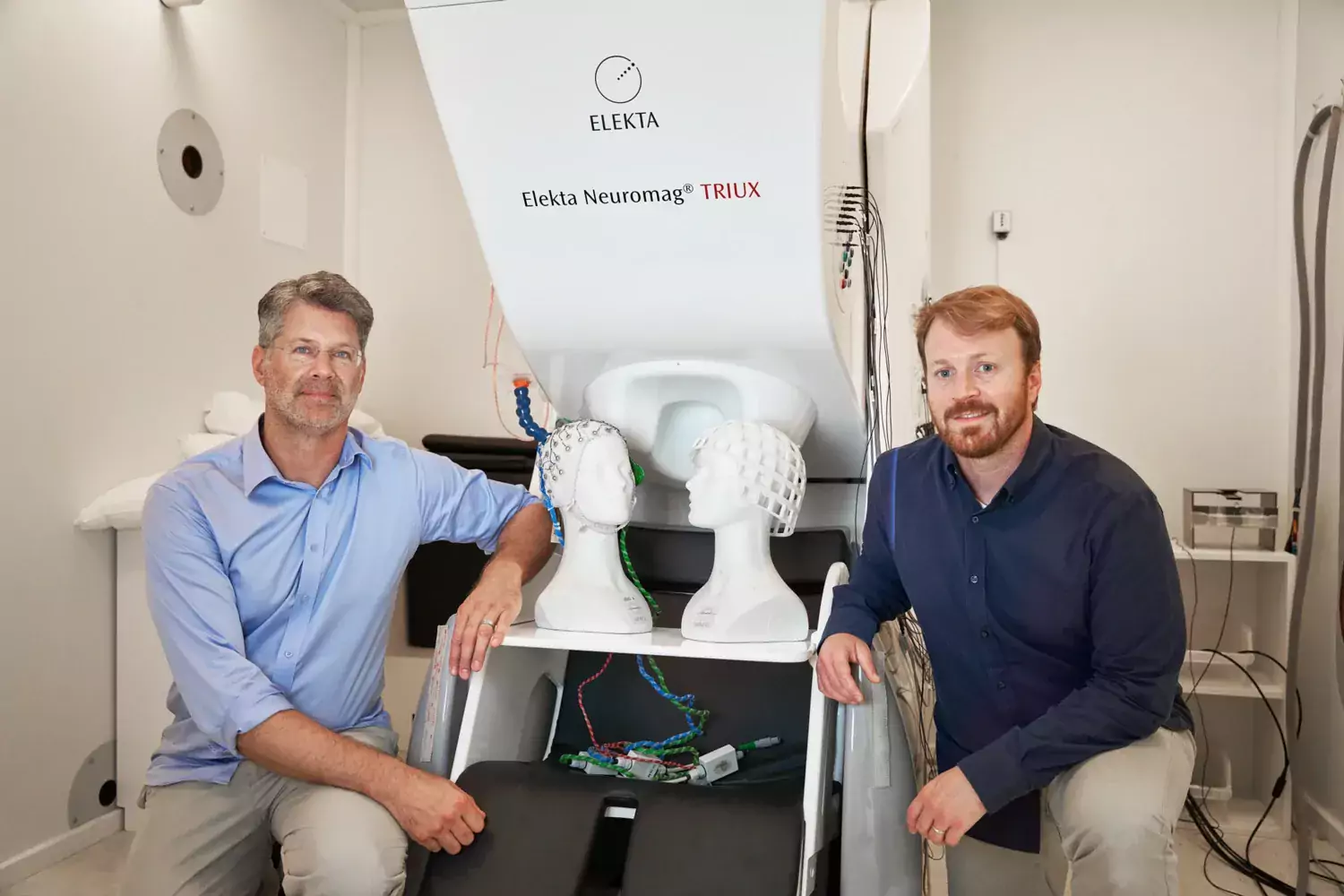 Photo: Erik Flyg
Photo: Erik FlygNatMEG Core Facility
The Swedish National Core Facility for Magnetoencephalography (NatMEG) is a national infrastructure, available for researchers from all across Sweden. It is the first and only core facility in Sweden for whole-head measurements of neuronal brain activity using magnetoencephalography (MEG).
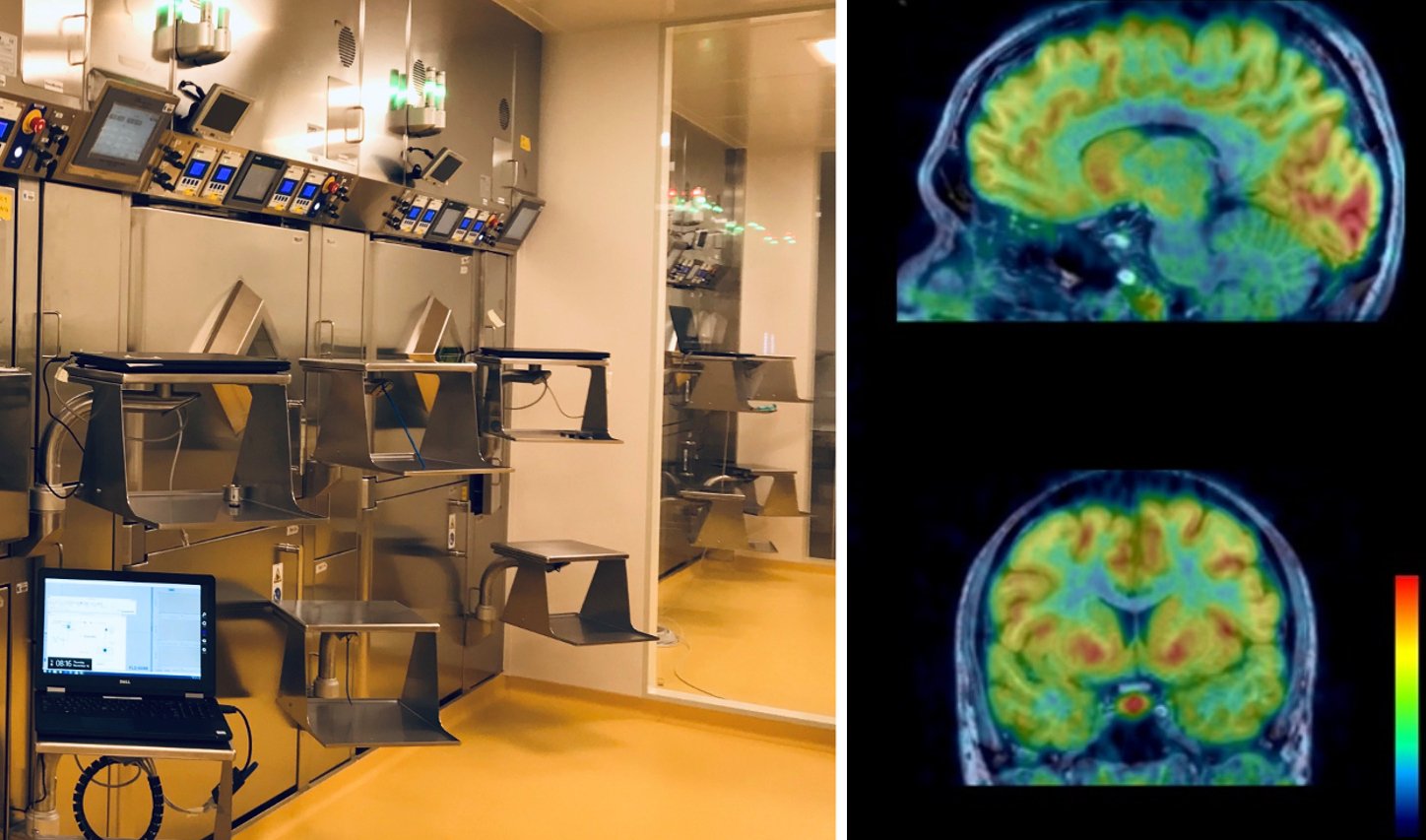 Photo: Thuy Tran
Photo: Thuy TranRadiopharmacy Core Facility - RCF
RCF is a joint core facility of Karolinska Institutet and Karolinska University Hospital and . Our purpouse is to facilitate and promote the use and development of radiotracers in translational research, from preclinical to clinical applications within different areas. The development of novel radiotracers at RCF can be broadly applied for imaging research, for example in oncology, psychiatry, neurodegeneration, inflammation and cardiovascular diseases.
